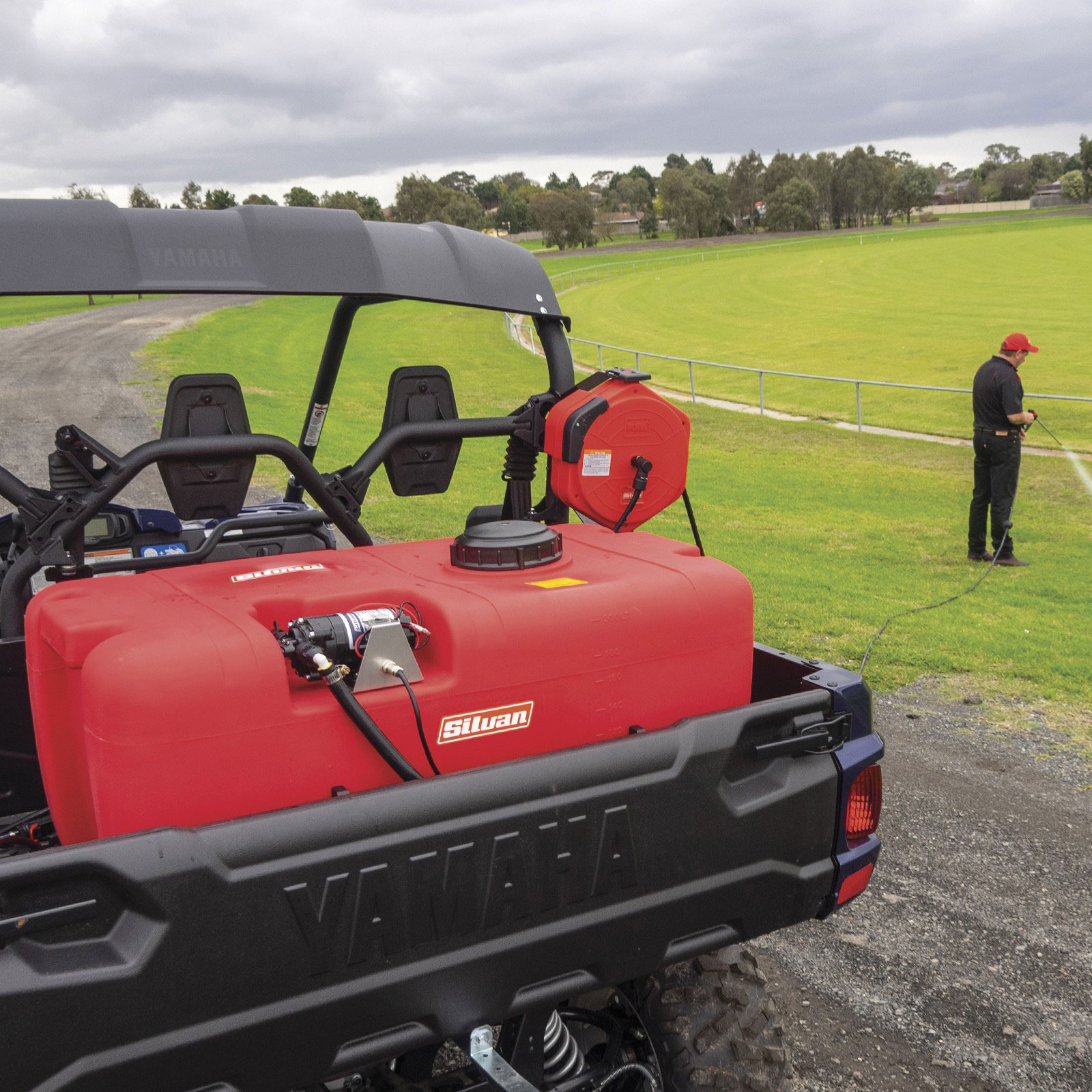Herbicide application is an essential step in both horticulture and agriculture. There are a variety of ways in which herbicides are applied in agriculture. This includes, for instance, misters, boom sprayers, aerial sprayers, backpack sprayers and weed seekers, as well as blanket wipers.
The method of application depends on a variety of factors, for instance, the crop or plant and plot type. Some herbicide application techniques are suitable for orchards while others work better for large, plain fields. Another important consideration is the chemical being sprayed. Any herbicides will have clear instructions on the packaging regarding application methods and equipment because that will have an impact on its effectiveness.
The application of herbicide is an art and science. If done incorrectly, then it results in ineffective pest control and a severe reduction in crop yield. Hence, herbicide application must be done at the right time, in the right proportions and using the correct equipment. Furthermore, these factors will be dependent on the type of crop or plant, as well as the geographical region.
Meet the Boom Sprayer
An essential piece of herbicide application equipment in farming and agriculture is the boom sprayer. It is mostly used in broad-scale farming. A boom sprayerconsists of multiple parts such as the nozzle, filter, and multiple valves for maximum control. However, the nozzle is the most important part for dispensing and distributing herbicides.
What Makes Boom Sprayers the Best?
Boom sprayers offer a variety of advantages in herbicide application.
What Wind?
The first and most important advantage of one of these is that they are less affected by wind, which means that your spray will land on target.
Accurate Spraying
Becauseboom sprayers are not as affected by the wind, this allows them to have a further advantage: accurate spraying. When spraying is accurate you are more likely to get rid of those stubborn weeds.
Less Overlap
Another important advantage is these sprayers minimise overlapping — this is spraying the same areas unintentionally while covering the field. What this means is that you do not need to worry about the spray becoming concentrated in particular areas which can be toxic for the plants. You also will not be using more spray than you need to.
Save Time & Money
In addition, boom sprayers are much more time efficient as they are faster than some other options. This means they are cost efficient as well because you can make savings on labour costs.
When Do I Want a Boom Sprayer?
Boom sprayers are ideally used for field spraying because the sprayer can be attached to a tractor and a large expanse of land can be quickly covered. In addition, a boom sprayer will be your best friend if you live in slightly windy areas as boom sprayers can easily withstand a light breeze which other sprayers cannot. This is because a boom sprayer has a long rod with nozzles that face downwards hence limiting the displacement of the spray from the intended target. So, you can use these sprayers on flat, even pastures where there are fewer windbreaks. Additionally, these can also be used for spraying food plot forages where wheat, red clovers and other plants can be grown.
So, How Do Boom Sprayers Work?
When working with a boom sprayer you should aim to spray roughly 50 cm (20 inches) above the ground. The space between the nozzles should be about 50 cm (20 inches) as well. A good rule of thumb to follow is having a 1:1 ratio for nozzle placement and spray distribution height.
In addition, the nozzles should be at an angle of between 30–45 degrees from the vertical, this ensures uniform spray distribution and reduces the chances of spray overlap. However, it is recommended that you read the instruction manual, as your boom sprayer or spray may have other requirements. For instance, some manufacturers may require you spray from a height of 75 cm (30 inches). Again, this height depends on the type of nozzle which may vary depending on the location and type of crop it is being used to spray.
Our Boom Sprayer Maintenance Tips
Regular and thorough maintenance of your boom sprayer is essential to ensure the efficiency and effectiveness of your pest control efforts. Aim to perform the following maintenance every day or every day you use the boom sprayer.
Start with a visual inspection to see if the sprayer is in working condition. You should first check the hose and connectors for any slits, holes or breaks as you do not want the spray to be leaking out. These can occur from the vibrations of the machinery. Over time, dust tends to build up in the boom sprayer filters, so unscrew and clean them up to ensure efficiency and effectiveness.
Next, check inside the tank. Insects may have crawled inside or there may be leftover spray, which can result in blockages and breakdowns. Therefore it’s important to be precise about the amount of spray you will be using on a particular day. Otherwise, chemical residue can build up at the bottom. It is also highly advisable to clean out the tank after use and fill up it with water to remove any chemical residue.
However, this may be unnecessary in the case of a repeat spray of the same herbicide the next day. But it is important to practice caution as some chemicals cannot be stored overnight in that state. Hence, to prevent wastage, make sure your quantities are accurate and precise. Secondly, read the instructions on the packaging of the chemical for clear storage requirements.
It is highly recommended to perform monthly maintenance on your boom sprayer as well. The first step in this process is cleaning the filters with a pressure washer. This effectively removes any chemical residue from them.
The next step is to test the nozzles. The nozzles need to be checked because they have a direct impact on herbicide distribution. The best way to do this is by putting the nozzle over a container and spraying water through it. Once you are done with a spraying session, check the volume of water that has been collected in the container. You should get out the same amount as you put in. Otherwise, you may need to clean the nozzles again more thoroughly.
H2: Keen to Try a Boom Sprayer?
Now that you understand everything you need to know about boom sprayers, you can revolutionise how you apply pesticides or herbicides to your crops! Find the boom sprayer you need online!




